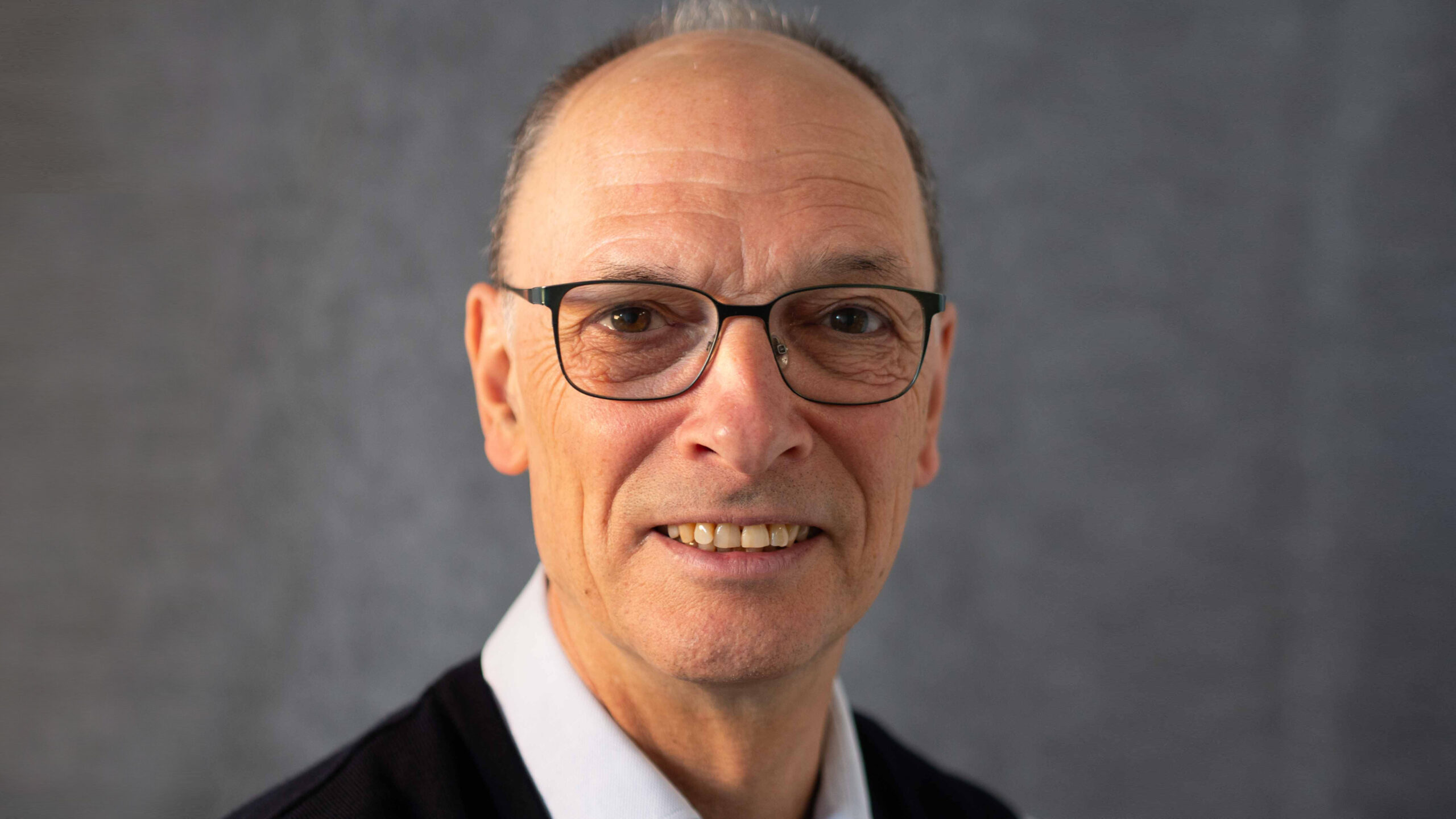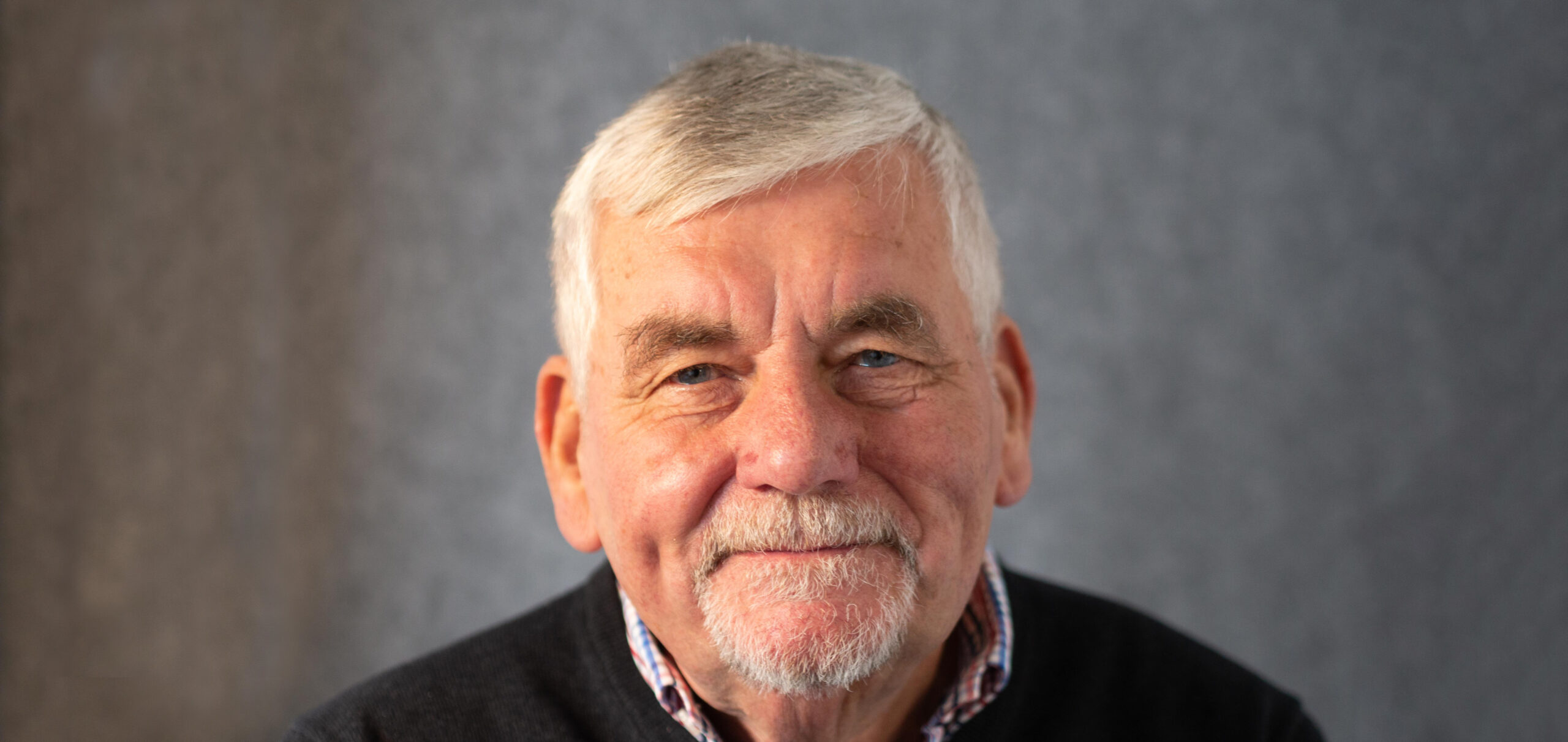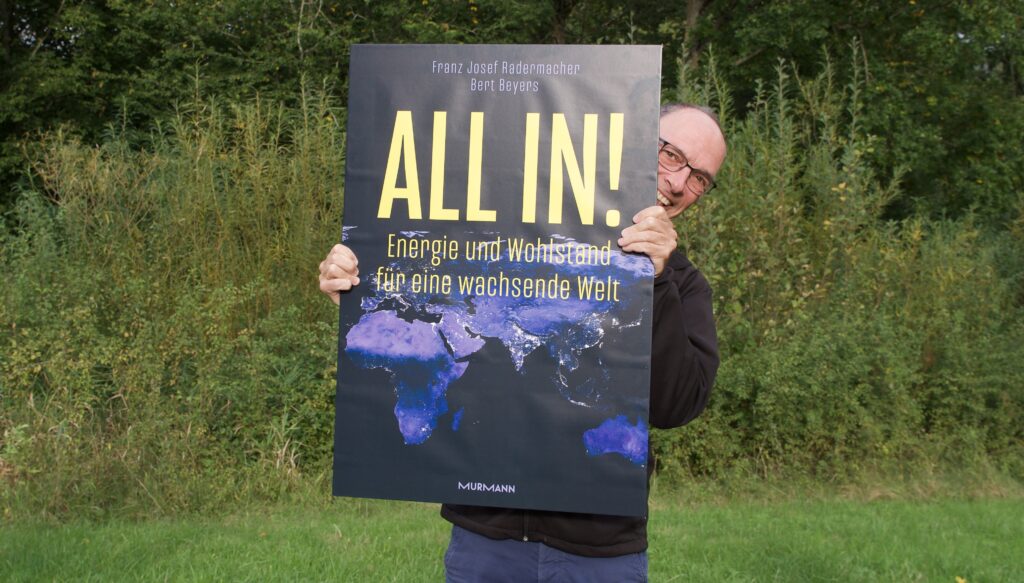At this point, some news of the last few weeks will be addressed which, from GES’ point of view, are reason for hope because they contain building blocks of a possible global solution and / or could help to develop a realistic view of the challenges ahead of us.
Coal and gas-fired power plants in the US that continue to operate after 2040 will have to be equipped with carbon capture and storage facilities and capture 90 percent of their CO2 emissions. The head of the US Environmental Protection Agency (EPA), Michael Regan, said the plan relies on proven, readily available technologies to reduce CO2 . The agency estimates that about 617 million tonnes of CO2 emissions can be reduced by 2042. This is equivalent to the emissions of 137 million passenger cars, about half of the cars in the US.
The UK is also getting into the carbon capture and storage business in a big way. The responsible authority, the North Sea Transition Authority, has granted 20 licences for the storage of CO2 in depleted oil and gas fields. The potential is huge, with up to 78 billion tonnes of CO2 . In the future, the UK could also store CO2 for other countries – as Norway and Denmark also intend to do.
How could a market for carbon capture and storage (CCS) emerge in Europe? This is the question addressed in a study by the Dutch institutes Trinomics and TNO on behalf of the EU Commission. One problem is the lack of storage and transport facilities. The study suggests that the infrastructure be built with state support. Public funds are important to keep parts of the European industry alive. In addition, the EU must agree on standards for CO2 transport between the member states.
Robert Habeck in heavy waters. The German Minister of Economic Affairs has fired his Energy State Secretary Patrick Graichen after an affair involving personal entanglements and the awarding of contracts. His successor is the Green politician Philipp Nimmermann.
Also controversial is the concept from the Ministry of Economics for a competitive electricity price for industry – amounting to 6 cents per kilowatt hour. The subsidy project would cost billions. Finance Minister Christian Lindner is critical of the project, saying direct state aid is not economically wise. Chancellor Olaf Scholz said: “The energy industry cannot become a permanent subsidy case for the Federal Republic of Germany.” The planned heating law is also controversial within the traffic light party. Habeck accused the FDP of “breaking its word”.
According to the Federal Network Agency, electricity prices have not risen after the shutdown of nuclear power plants in Germany. On the contrary, electricity has even become cheaper on the stock exchange. The discontinuation of German nuclear power was overshadowed by other effects, such as the increase in the production of renewable energies in the spring.
Meanwhile, representatives of 16 European countries met in Paris to agree on their strategy for expanding nuclear energy. Among them are Belgium, the Netherlands and Sweden. The countries spoke out in favour of expanding the installed capacity of nuclear power in Europe from around 100 to 150 gigawatts.
For every US dollar invested in fossil energy, 1.7 US dollars will be invested in “clean energy” this year. This is the forecast of the International Energy Agency (IEA). The IEA counts the following as “clean” technologies: renewable energies, electric vehicles, electricity grids, heat pumps, storage, efficiency measures and nuclear energy.
The Chilean company HIF Global has been given the green light in the USA for a production plant of 1.8 million litres of e-fuels per day – according to the company, the largest plant of its kind in the world. Production is scheduled to start in 2027.
A large hydrogen project with German participation is starting in Namibia. The African country wants to invest billions in hydrogen production. Wind farms and photovoltaic systems are to provide a capacity of 7 gigawatts. Thousands of new jobs could be created.




